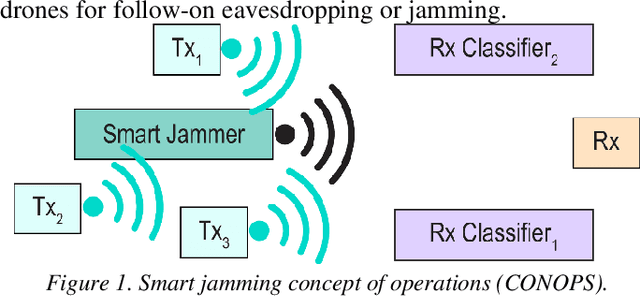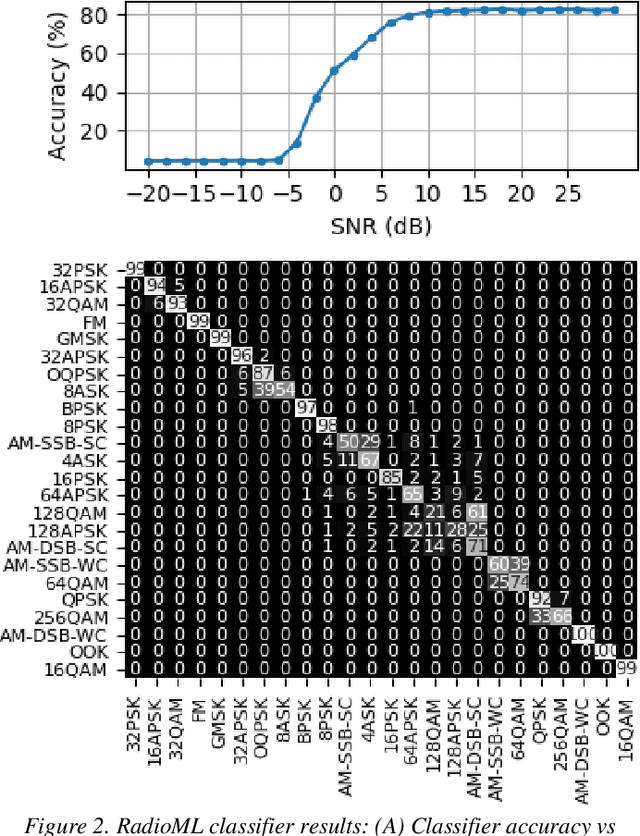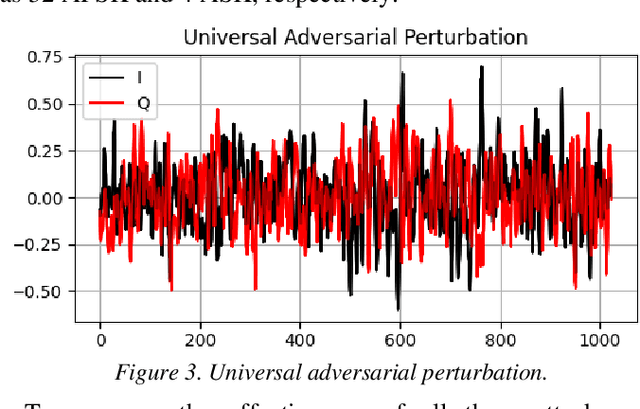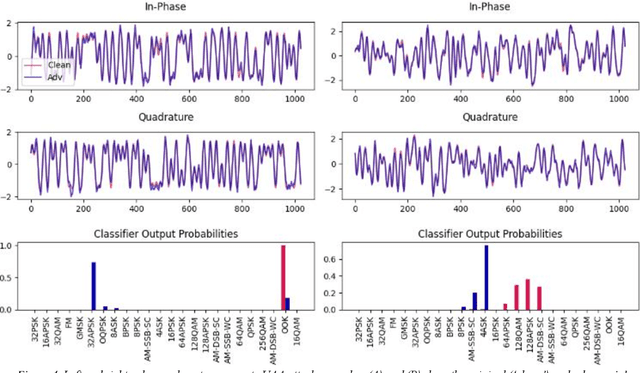Roman A. Sandler
Reinforcement Learning for Unsupervised Domain Adaptation in Spatio-Temporal Echocardiography Segmentation
Oct 16, 2025Abstract:Domain adaptation methods aim to bridge the gap between datasets by enabling knowledge transfer across domains, reducing the need for additional expert annotations. However, many approaches struggle with reliability in the target domain, an issue particularly critical in medical image segmentation, where accuracy and anatomical validity are essential. This challenge is further exacerbated in spatio-temporal data, where the lack of temporal consistency can significantly degrade segmentation quality, and particularly in echocardiography, where the presence of artifacts and noise can further hinder segmentation performance. To address these issues, we present RL4Seg3D, an unsupervised domain adaptation framework for 2D + time echocardiography segmentation. RL4Seg3D integrates novel reward functions and a fusion scheme to enhance key landmark precision in its segmentations while processing full-sized input videos. By leveraging reinforcement learning for image segmentation, our approach improves accuracy, anatomical validity, and temporal consistency while also providing, as a beneficial side effect, a robust uncertainty estimator, which can be used at test time to further enhance segmentation performance. We demonstrate the effectiveness of our framework on over 30,000 echocardiographic videos, showing that it outperforms standard domain adaptation techniques without the need for any labels on the target domain. Code is available at https://github.com/arnaudjudge/RL4Seg3D.
Domain Adaptation of Echocardiography Segmentation Via Reinforcement Learning
Jun 25, 2024



Abstract:Performance of deep learning segmentation models is significantly challenged in its transferability across different medical imaging domains, particularly when aiming to adapt these models to a target domain with insufficient annotated data for effective fine-tuning. While existing domain adaptation (DA) methods propose strategies to alleviate this problem, these methods do not explicitly incorporate human-verified segmentation priors, compromising the potential of a model to produce anatomically plausible segmentations. We introduce RL4Seg, an innovative reinforcement learning framework that reduces the need to otherwise incorporate large expertly annotated datasets in the target domain, and eliminates the need for lengthy manual human review. Using a target dataset of 10,000 unannotated 2D echocardiographic images, RL4Seg not only outperforms existing state-of-the-art DA methods in accuracy but also achieves 99% anatomical validity on a subset of 220 expert-validated subjects from the target domain. Furthermore, our framework's reward network offers uncertainty estimates comparable with dedicated state-of-the-art uncertainty methods, demonstrating the utility and effectiveness of RL4Seg in overcoming domain adaptation challenges in medical image segmentation.
Real-time Over-the-air Adversarial Perturbations for Digital Communications using Deep Neural Networks
Feb 20, 2022



Abstract:Deep neural networks (DNNs) are increasingly being used in a variety of traditional radiofrequency (RF) problems. Previous work has shown that while DNN classifiers are typically more accurate than traditional signal processing algorithms, they are vulnerable to intentionally crafted adversarial perturbations which can deceive the DNN classifiers and significantly reduce their accuracy. Such intentional adversarial perturbations can be used by RF communications systems to avoid reactive-jammers and interception systems which rely on DNN classifiers to identify their target modulation scheme. While previous research on RF adversarial perturbations has established the theoretical feasibility of such attacks using simulation studies, critical questions concerning real-world implementation and viability remain unanswered. This work attempts to bridge this gap by defining class-specific and sample-independent adversarial perturbations which are shown to be effective yet computationally feasible in real-time and time-invariant. We demonstrate the effectiveness of these attacks over-the-air across a physical channel using software-defined radios (SDRs). Finally, we demonstrate that these adversarial perturbations can be emitted from a source other than the communications device, making these attacks practical for devices that cannot manipulate their transmitted signals at the physical layer.
 Add to Chrome
Add to Chrome Add to Firefox
Add to Firefox Add to Edge
Add to Edge